According to a report published in 2016, India produces 277 million tonnes of municipal solid waste every year accounting to approximately 80% of the total waste getting generated across South Asia (334 million tonnes) and about 13% of the global waste generated every year. Municipal solid waste comprises of dry waste and wet waste classified into as any solid or semi-solid substance or object resulting from human or animal activities, discarded as useless or unwanted. Solid waste is a broad term, which encompasses all kinds of waste such as Municipal Solid Waste (MSW), Industrial Waste (IW), Hazardous Waste (HW), Bio-Medical Waste (BMW) and Electronic waste (E-waste) depending on their source & composition. It consists of organic and inorganic constituents which may or may not be biodegradable. On one hand, the recyclable components of solid waste could be useful as secondary resource for production processes. On the other hand, some of its toxic and harmful constituents may pose a danger if not handled properly. Source reduction, recycling and composting, waste-to-energy conversion facilities, and land filling are the four basic approaches to waste management.
MSW can be broadly categorized into five broad categories as:
- Biodegradable waste: food and kitchen waste, green waste (vegetables, flowers, leaves, fruits), paper (can also be recycled).
Recyclable material: paper, glass, bottles, cans, metals, certain plastics, etc. - Inert waste: construction and demolition waste, dirt, rocks, debris.
- Composite wastes: waste clothing, Tetra Packs, waste plastics such as toys.
Domestic hazardous waste (also called "household hazardous waste") & toxic waste: medication, e-waste, paints, chemicals, light bulbs, fluorescent tubes, spray cans, fertilizer and pesticide containers, batteries, shoe polish.
As per a report by Pune Municipal Corporation, approximately 52% of total municipal solid waste is segregated and remaining 48% is non-segregated. Out of which, around 38% of dry waste and 62% of wet waste is present in segregated waste.
Dry Waste Processing
- Segregation is done to separate recyclable and non-recyclable materials using machinery
- Combustible materials are compressed and formed into briquettes, known as RDF
- Recycling material (Cotton, Glass, Metal, Plastic, Wood)
- Inert materials (Sand, Stone and Soil)
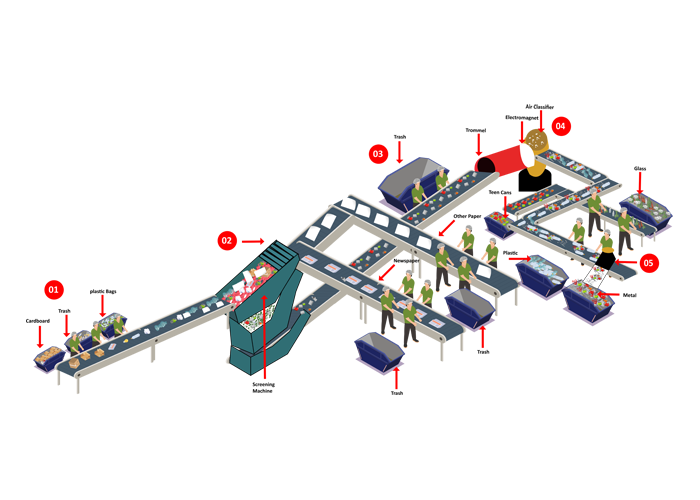
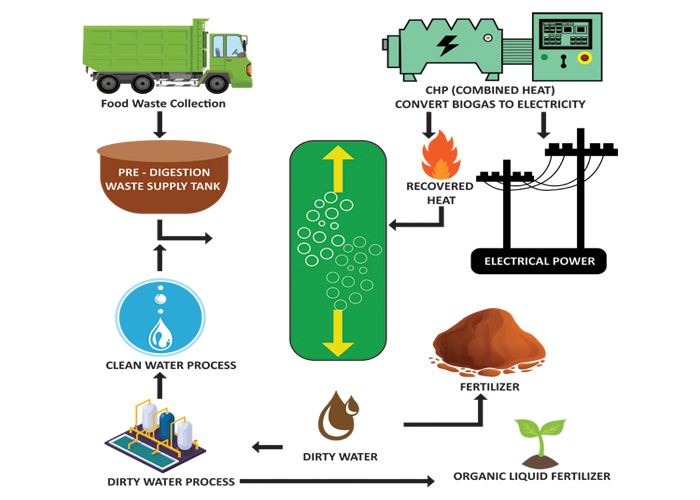
Wet Waste Processing
- Fruit peels, teabags and leftovers of food collected and then further processed into compost/ fertilizer
- Windrow composting is one such process for the production of compost by piling organic matter or biodegradable waste, such as animal manure and crop residues, in long rows. This method is suitable for large volume of wet waste processing facilities.
- Bio-methanation is another process to generate bio-gas/ methane gas
- Compressed Natural Gas (CNG) and Compressed Bio Gas (CBG) are generated from wet waste processing plants
Legacy Waste (Old Dump Yards)
Bio Mining
Suman Waste Management have commissioned a 100 TPD to 2000 TPD capacity fully functioned Bio Mining Plant. We developed the necessary machines and methods for this plant. We have successfully completed Bio Mining Projects in Maharashtra at Saswad, Mahad, Talegaon Dabhade, Lonavala, Pen, Pusad, Kamptee, Shirgaon etc. We have been successfully recovering good products like Bio Soil, RDF, Recyclable Materials.
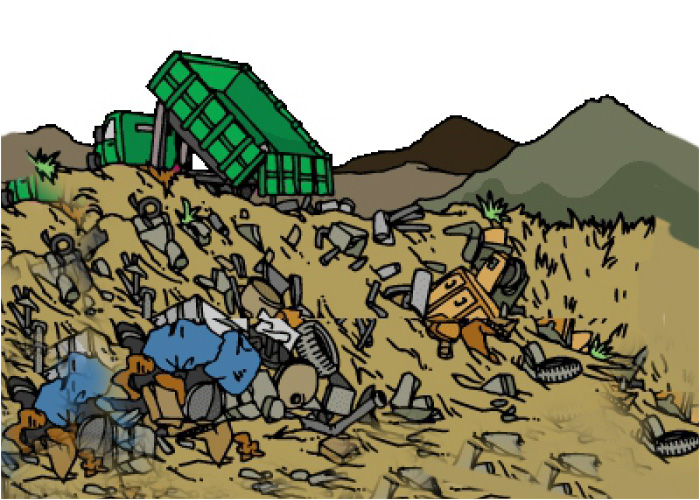
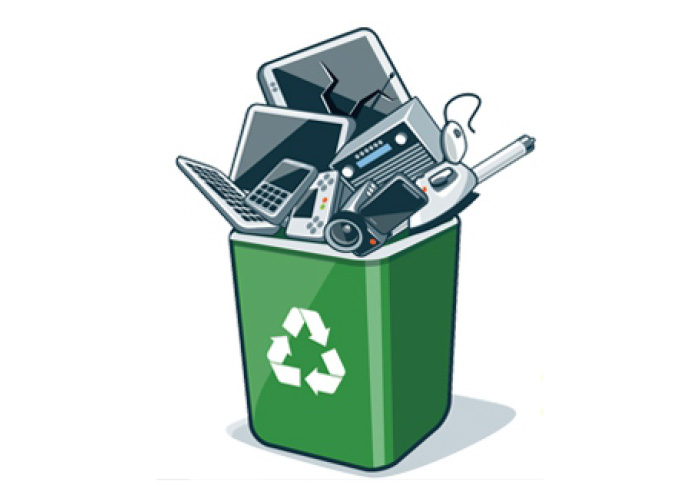
E- Waste
- India generated 708,445 tonne e-waste in 2017-18 and 771,215 tonne in 2018-2019. In 2019-20, the figure rose 32 per cent to 1,014,961 tonnes.
- According to Global E-Waste Monitor Report 2020, India's e-waste production has risen almost 2.5 times to 3.23 million metric tonnes in six years to 2019
- India is the only country to have a legal framework for handling e-waste since 2011.
- Fridges, freezers and other cooling equipment.
- Computers and telecommunications equipment.
- Consumer electronic devices and solar panels.
- TVs, monitors and screens.
- LED bulbs.
- Vending machines
Types of E-Waste:
Steps in E-Waste Management:
- Collection
- Sorting
- Processing
- Recycling
- Dismantling
- Component Recovery
- Residual Disposal
Hazardous Waste
- Hazardous wastes are classified on the basis of their biological, chemical, and physical properties. These properties generate materials that are either toxic, reactive, ignitable, corrosive, infectious, or radioactive
- Hazardous-waste management includes collection, treatment, and disposal of waste material that, when improperly handled, can cause substantial harm to human health and safety or to the environment
-
Suman Waste Management is in process of setting up its own hazardous waste management set up in Pune and other cities. As per Hazardous Waste Management rules 2016, we need to following Proposed Operating Practices (POPs):
- Hazardous Waste Management
- Required Weekly Self-Inspections for Hazardous Waste Accumulation
- Recommended Monthly Self-Inspections for Hazardous Waste Accumulation
- Recommended Yearly Self-Inspections for Hazardous Waste Accumulation
- Recommended Hazardous Waste Record keeping Annual Checklist
- Used Oil Management
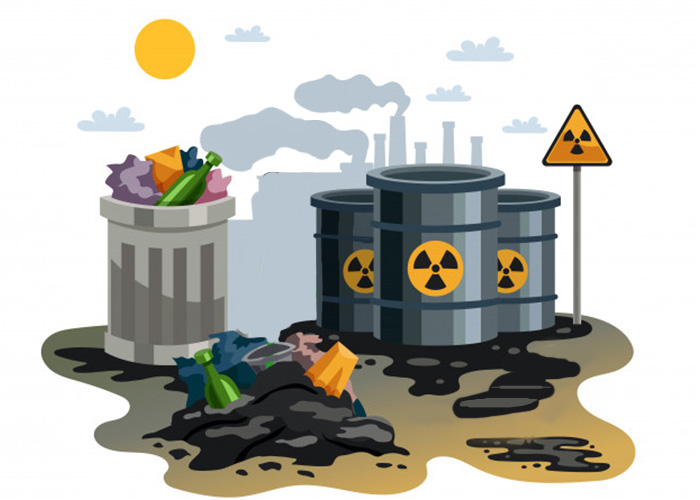
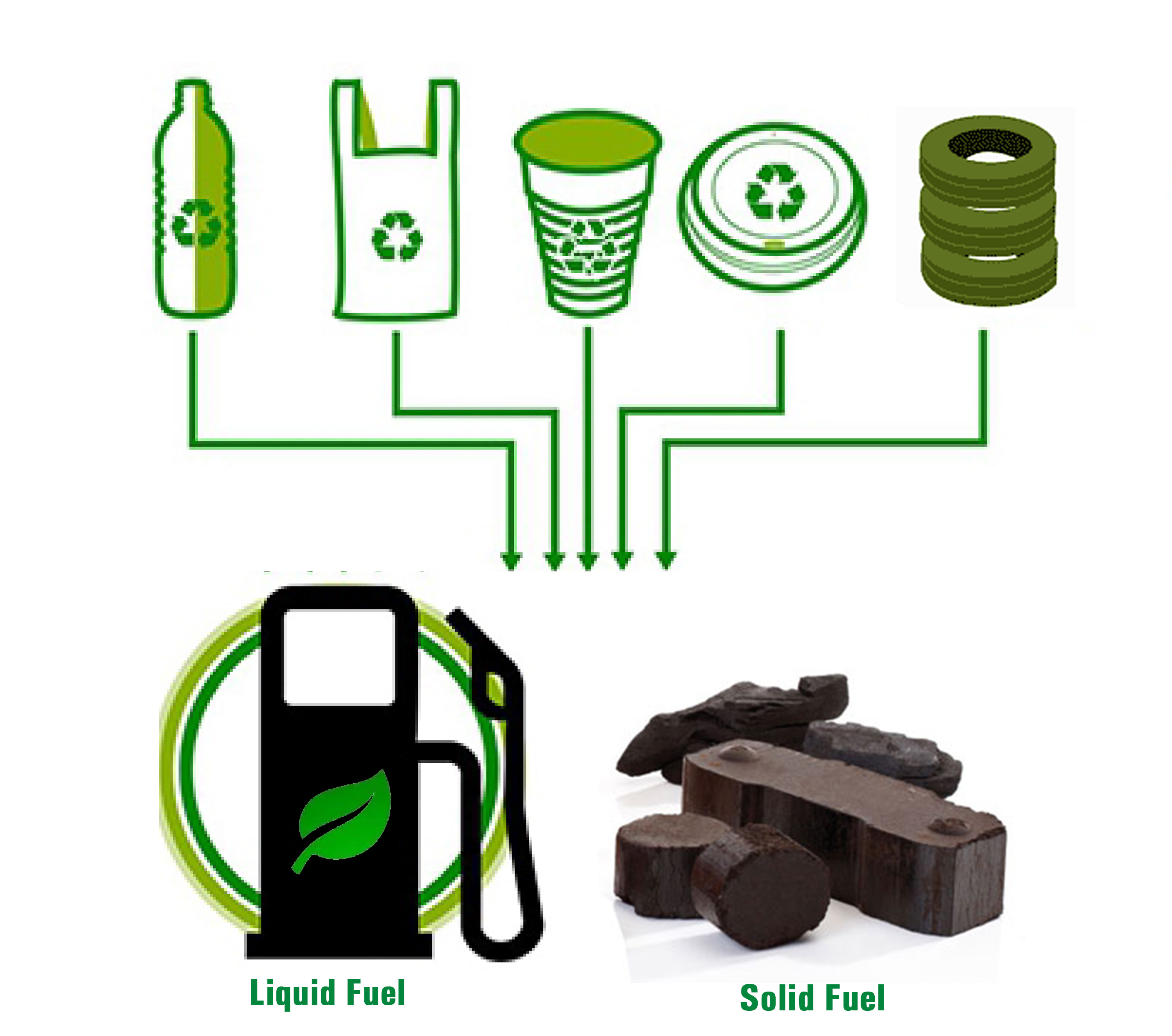
Plastic/Tyre to Fuel Waste
- Pyrolysis plant of different capacities ranging from 3 TPD to 12 TPD are installed and commissioned in Pune and nearby region
- Processing of waste plastics into pyrolytic oil/ plastic oil and carbon power is one of the sustainable practices to reuse/ recycle unused and waste plastics from municipal solid waste
- In this system, plastic is heated at high temperature to release gases which are used to run the machine.
Construction and Demolition Waste (C&D Waste):
We customise every Excavation, Construction & Demolition waste plant. Depending on the fineness of the content and type of input material, we customise the plant’s design to meet the requirements. Generally C&D waste plants includes the following processes:
- Feeding & Screening
- Aggregate Scrubbing
- Contaminant removal
- Metal removal
- Sand washing
- Aggregate sizing
- Primary stage water treatment
- Sludge management etc.
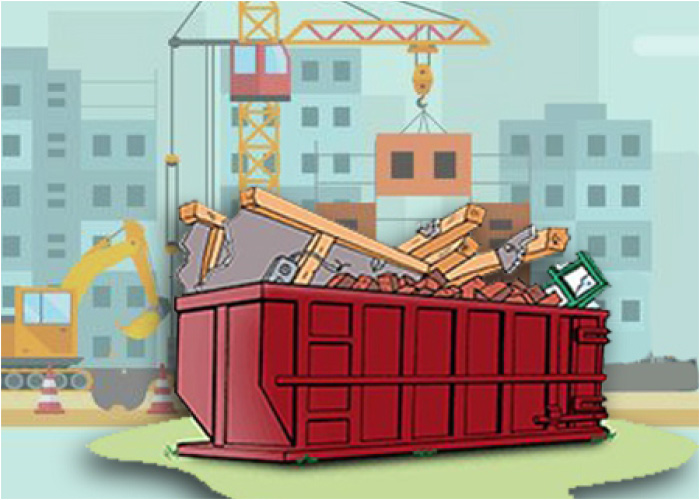
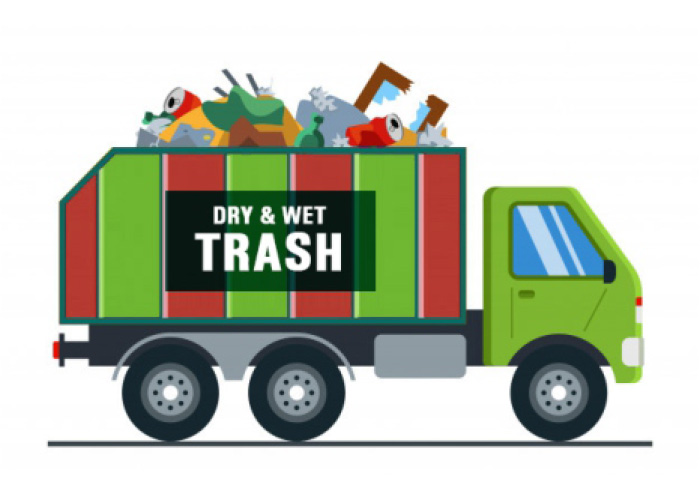
Collection & Transportation Waste
We are experts in activities like sweeping, door-to-door garbage collection by Ghanta Gadi and transportation to Waste Processing plants. Also, we customise the collection vehicle as per the category and type of waste.
Waste to Energy
When non-recyclable waste is converted into usable forms of energy like heat, fuel or electricity with the help of different technologies, then it is terms as Waste to Energy (WTE). WTE includes various types like incinerators, gasification, pyrolysis, anaerobic digestion, landfill gas recovery etc.
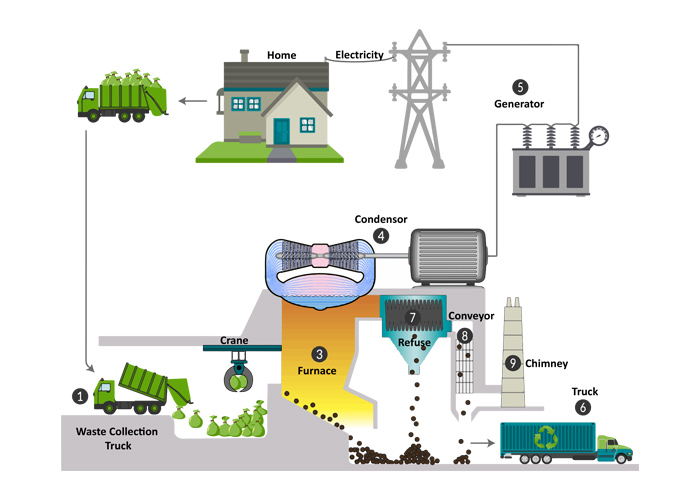
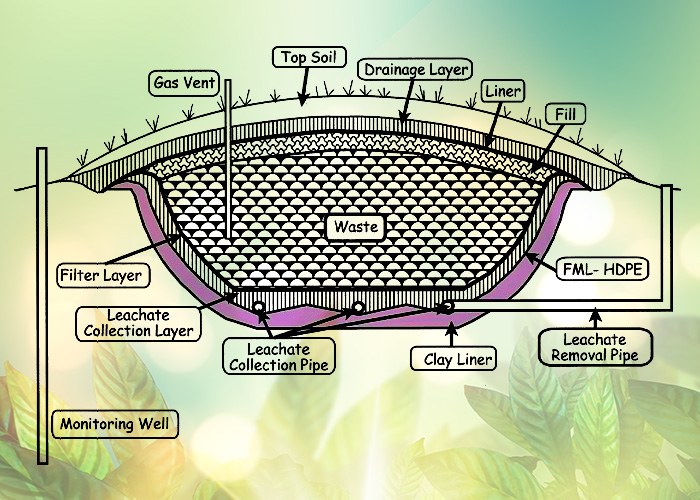
Scientific Land Filling
This is amongst the most widely used waste disposal methods. Residential and commercial non-toxic waste and garbage is collected and their compressed with a compactor.
This is then taken to a landfill site for dumping. A scientifically designed structure is built over ground to segregate municipal waste from the surrounding atmospheric elements like groundwater, air, rain etc. To create the segregation, a layer of bottom liner or soil is used as covering. Sanitary Landfills use clay liners to achieve the segregation.
